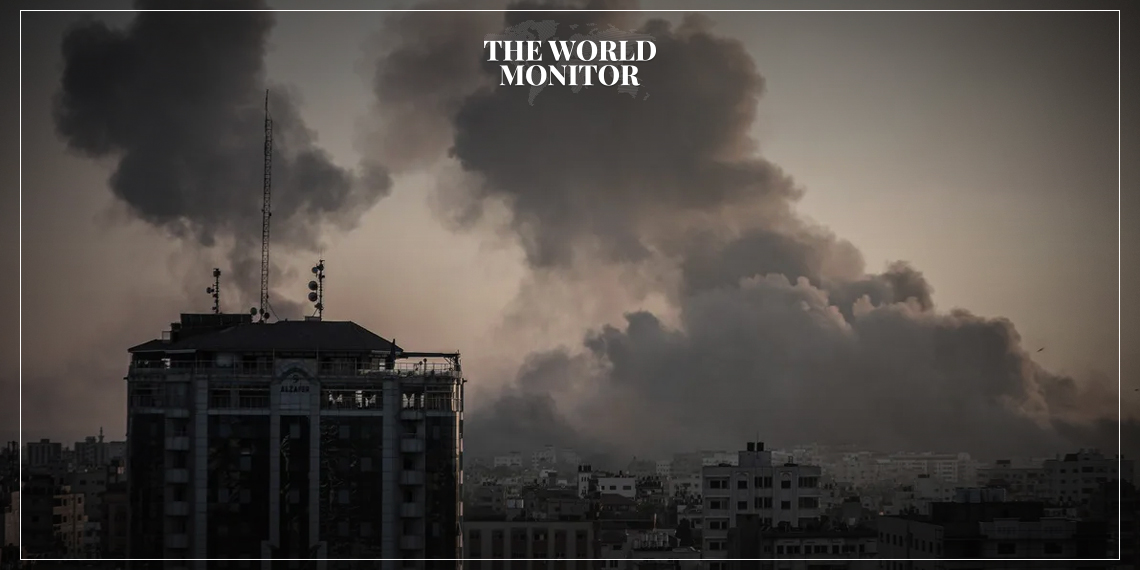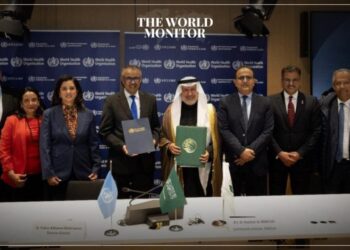The Islamic Resistance in Iraq announced today, Sunday, that it targeted three sites with drones in three separate operations in the occupied Syrian Golan. In a press statement today, the Islamic Resistance said, “Continuing the path of resisting the occupation, in support of our people in Palestine and Lebanon, and in response to the massacres committed by the usurping entity against civilians, including children, women, and the elderly, the Islamic Resistance in Iraq attacked three targets with drones in three separate operations in the occupied Golan in the early hours of today.”
The group also confirmed the continuation of operations to “intensify strikes against enemy strongholds.”
The recent attacks by Iraqi factions on Israel are largely driven by solidarity with Palestinians and a broader regional opposition to Israeli policies. Iraqi groups, especially those aligned with Iran, have expressed their intent to retaliate against Israeli actions in Gaza. This forms part of a larger regional dynamic where Iranian-backed groups see themselves as part of a wider struggle against Israeli military actions in the Middle East.
A significant factor in these attacks is the perceived injustice against Palestinians, with Iraqi groups aiming to increase the cost of military engagement for Israel as a form of resistance. These factions are not deterred by potential consequences, viewing their actions as a continuation of a long-standing resistance against what they perceive as aggression. Moreover, the Iraqi government, while officially neutral, has limited control over these factions, reflecting the complexities of internal politics and external influences within Iraq.
Furthermore, the frequency of attacks has increased, particularly following incidents where the broader international community’s response to the Israeli-Palestinian conflict is viewed as insufficient by these groups. This has led to a more pronounced stance from the factions, which have escalated their military activities, reflecting broader regional tensions and the intricate web of alliances and animosities that define the Middle East geopolitical landscape.






